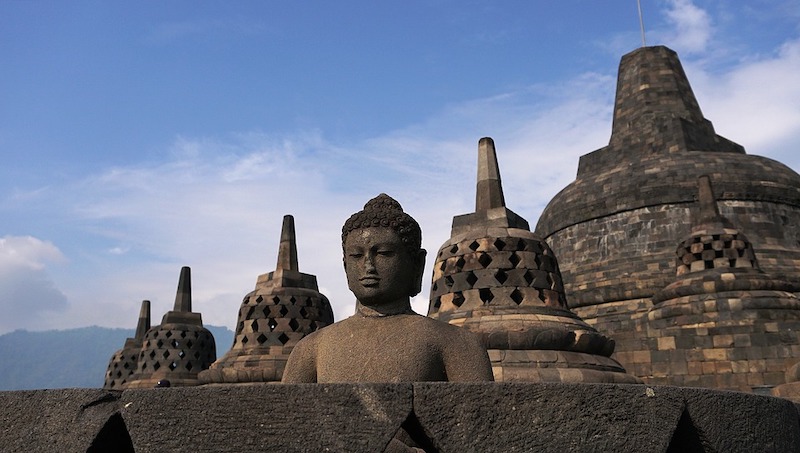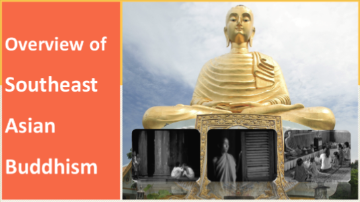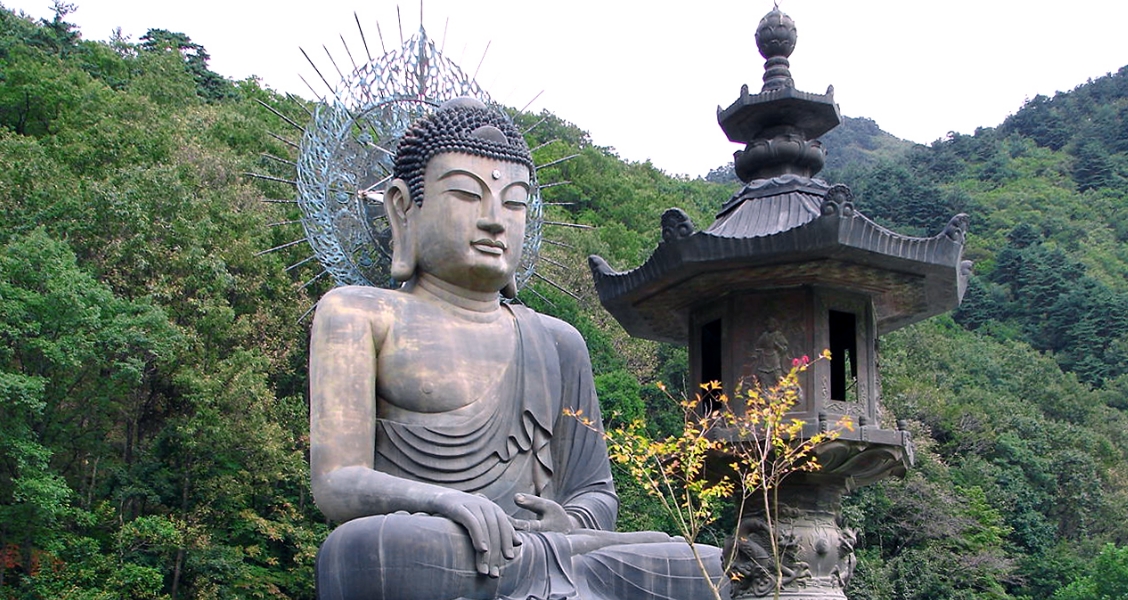Buddhism is a religion and philosophy that originated in ancient India and has had a significant influence on the spiritual and cultural development of East Asia. It is based on the teachings of the Buddha, Siddhartha Gautama, who lived in the 5th century BCE and attained enlightenment through meditation and the practice of mindfulness.
Buddhism first arrived in East Asia through the Silk Road trade routes, which connected China, India, and the western regions of Asia. It is believed to have first been introduced to China in the 1st century CE, and it quickly gained popularity among the Chinese elite. From China, Buddhism spread to Korea, Japan, and other parts of East Asia, where it became an integral part of the culture and society.
In East Asia, Buddhism has taken on various forms and has been influenced by the local culture and traditions. In China, Buddhism was integrated with the traditional Confucian and Taoist beliefs, leading to the development of Chinese Buddhism, which is characterized by its emphasis on the role of the monk as a teacher and guide. In Japan, Buddhism was adopted by the ruling class and became a central part of the culture, leading to the development of distinct Japanese schools of Buddhism, such as Zen and Pure Land.
Buddhism has also had a significant impact on the arts and literature of East Asia. The teachings of the Buddha have inspired countless works of art, including sculptures, paintings, and temple architecture. In addition, the principles of Buddhism, such as compassion, mindfulness, and the pursuit of enlightenment, have played a central role in the development of East Asian literature and poetry.
Despite its widespread influence, Buddhism has faced challenges in East Asia, particularly in China, where it has faced persecution at various times throughout its history. Today, Buddhism remains an important part of the spiritual and cultural fabric of East Asia, and it continues to be practiced by millions of people in the region.
In conclusion, Buddhism has had a profound impact on the spiritual and cultural development of East Asia, where it has taken on various forms and has influenced the arts, literature, and society. Despite facing challenges, it remains an important part of the spiritual fabric of the region and continues to be practiced by millions of people.









